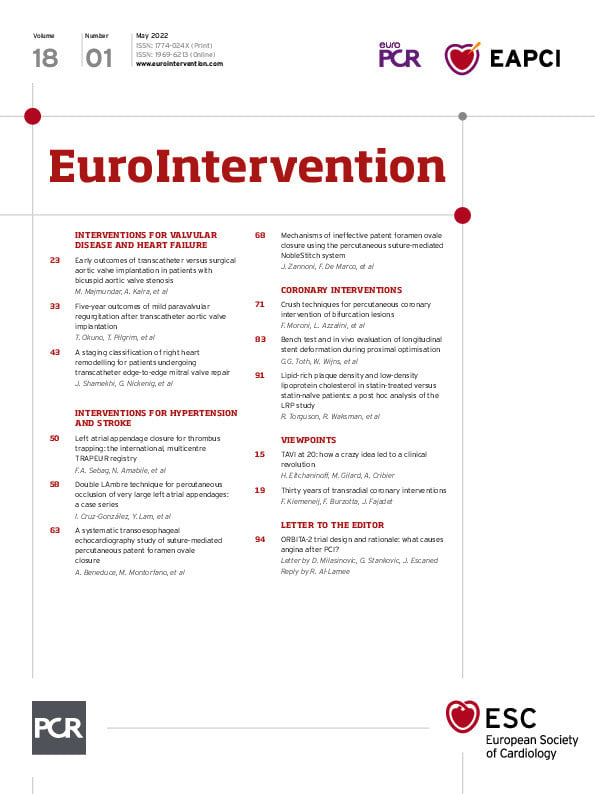We thank Milasinovic et al1 for their interest in our manuscript describing the design and rationale of the ORBITA-2 trial2. In response to their comments, post-PCI invasive physiology using fractional flow reserve and the instantaneous wave-free ratio is being measured systematically in all patients in the PCI arm, just as was performed in ORBITA, and will be reported in the primary manuscript.
Currently, we are not performing additional assessments of microvascular disease. We agree that in many patients with significant epicardial disease there may be coexistent microvascular disease. However, randomisation should ensure that the confounding effects of microvascular disease are equally distributed between the PCI and placebo groups. We hope that we will be able to perform a substudy assessing microvascular disease in a subset of the patients in ORBITA-2, subject to a successful ongoing funding application. We thank the authors for their comments.
Conflict of interest statement
The author reports speaker’s honoraria from Philips Volcano, Abbott Vascular, Menarini Pharmaceuticals and Medtronic.
Supplementary data
To read the full content of this article, please download the PDF.

